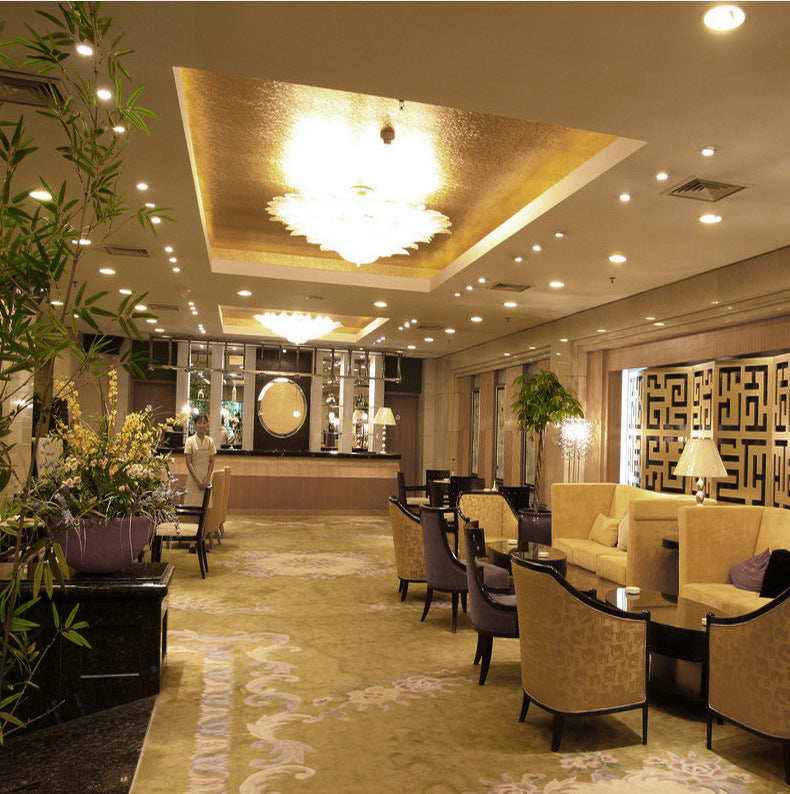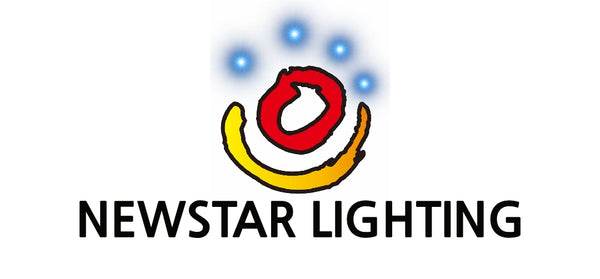
Design About Led Cob Down Light
يشارك
Designing a LED COB Downlight involves several key elements to ensure it provides both functional and aesthetic value. Here are the main aspects to consider:

1. Shape and Form Factor:
- Round: The most common shape for downlights. It blends seamlessly into ceilings and provides an even distribution of light.
- Square/Rectangular: For modern and minimalist interiors, these shapes offer a clean, geometric look. They are often used in commercial or high-end residential spaces.
- Ultra-Slim Profile: Many COB downlights are designed to be slim to accommodate limited ceiling space, providing a sleek, low-profile appearance.
2. Materials and Finish:
- Aluminum Body: A common material choice due to its lightweight nature and excellent heat dissipation properties. The aluminum housing also helps extend the lifespan of the LED by managing heat.
- PC (Polycarbonate) Diffuser: The lens or cover for the LED can be made from high-quality polycarbonate, which helps to diffuse light evenly and reduce glare.
- Surface Finish: The finish can range from matte white (for ceilings that need to be subtle and blend with modern spaces) to metallic silver, black, or even golden trims for accentuated, luxury interiors.
3. Lighting Optics:
-
Beam Angle: Design the downlight to have various beam angles based on application:
- Narrow Beam (15° - 30°): Ideal for spotlighting or accent lighting.
- Wide Beam (60° - 120°): Suitable for general or ambient lighting, spreading light across a broader area.
-
Reflector Design: The inner reflector, which directs light downwards, can have different finishes:
- Mirror-like finish: For focused, high-brightness light.
- Matte finish: To provide softer, more diffused light.
4. Color Temperature & CRI:
-
Color Temperature Options: Offer COB downlights in different color temperatures to suit different environments:
- Warm White (2700K - 3000K): Ideal for cozy, intimate spaces like living rooms or bedrooms.
- Neutral White (4000K - 4500K): Used in offices and commercial spaces for a balanced, natural feel.
- Cool White (6000K - 6500K): Great for task lighting in kitchens, hospitals, or retail spaces where high contrast is needed.
- High CRI (Color Rendering Index): Ensure the design uses LEDs with a CRI of 90+ to accurately display colors, especially in areas like galleries, shops, or restaurants.
5. Thermal Management:
- Heatsink Design: COB LEDs generate a significant amount of heat, so a well-designed heatsink is essential. Aluminum fins or a circular aluminum body at the back of the light fixture are common, designed to dissipate heat efficiently, ensuring long lifespan and consistent performance.
- Ventilation Openings: Some designs incorporate discreet ventilation slots to further aid airflow and keep the COB LED cool.
6. Adjustability and Flexibility:
- Gimbal Design: For adjustable downlights, design the COB module so it can tilt or rotate, allowing users to direct the light where needed (e.g., for highlighting artwork or focused task lighting).
- Recessed or Surface Mount: Depending on the ceiling height and design needs, offer both recessed and surface-mount options. Recessed lights provide a clean, seamless look, while surface-mount designs can be more decorative and functional in spaces with lower ceilings.
7. Dimming and Smart Control:
- Dimmable Options: Design the COB downlight with dimming functionality, either compatible with traditional wall dimmers or smart dimming systems (e.g., DALI, Zigbee, or Bluetooth-enabled).
- Smart Control: Integrate smart features to control brightness and color temperature remotely via mobile apps or voice commands. This adds flexibility for users who want customized lighting scenes.
8. Waterproof and Dustproof:
- IP Rating: For bathrooms, kitchens, or outdoor areas, design COB downlights with an IP44 or IP65 rating, making them resistant to moisture and dust.
9. Aesthetic Options:
- Trimless Design: Some high-end COB downlights are designed to be trimless, meaning they sit flush with the ceiling for a smooth, uninterrupted surface.
- Decorative Trims: Offer options with decorative trims or bezels in various finishes (chrome, black, bronze) to match the overall interior style.
10. Sustainability and Efficiency:
- Energy Efficiency: The design should focus on maximizing lumens per watt to ensure energy efficiency.
- Environmentally Friendly Materials: Using recyclable or sustainable materials for the housing and trims can appeal to eco-conscious consumers.
Example Design Concept:
- Form: Round, ultra-slim recessed COB downlight with a tilt option (gimbal).
- Materials: Anodized aluminum heatsink with a matte white finish and a frosted polycarbonate diffuser for soft light.
- Functionality: Dimmable with smart control integration, offering both 3000K and 6000K options in the same model.
- Applications: Suitable for living rooms, showrooms, and gallery spaces.
The design of a LED COB downlight combines efficiency, aesthetics, and flexibility to cater to a wide variety of spaces, enhancing both functionality and atmosphere
